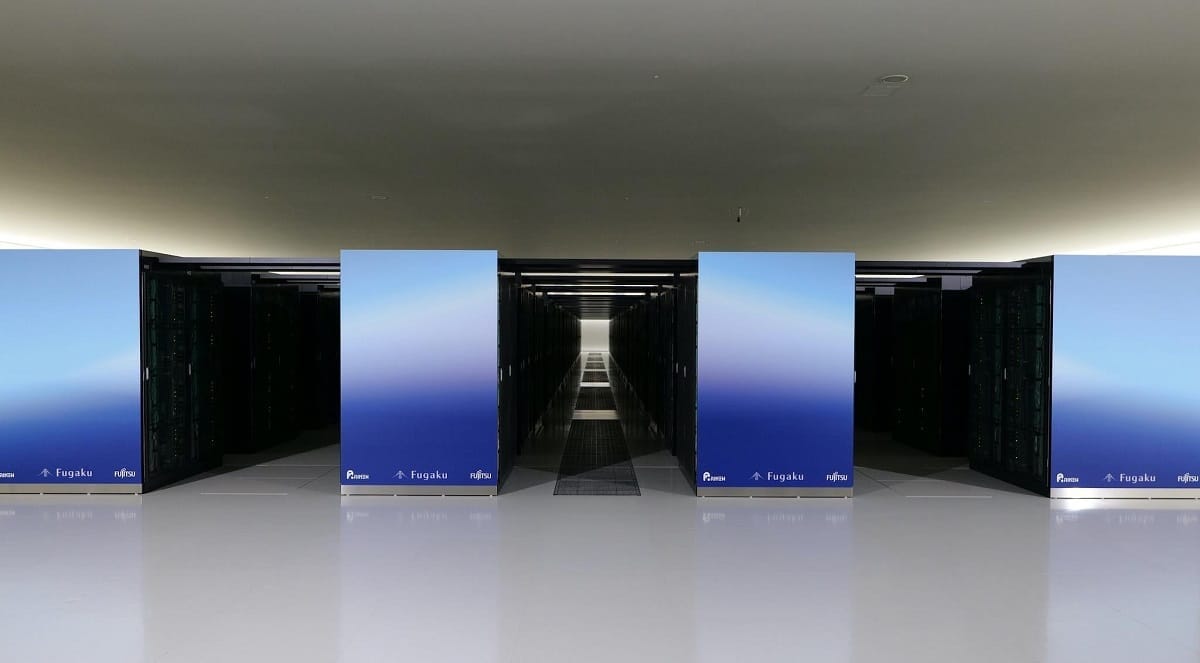In the latest ranking of the most energy-efficient supercomputers in the world, known as Green500, systems powered by NVIDIA dominated the top three positions and occupied seven of the top ten spots. This impressive performance highlights how accelerated computing represents the most energy-efficient method for high-performance computing.
Dominating the List
The top three supercomputers are all powered by the NVIDIA GH200 Grace Hopper Superchip, showcasing the widespread adoption and efficiency of NVIDIA’s Grace Hopper architecture. Leading the ranking is the JEDI system at Forschungszentrum Jülich in Germany, which achieved an impressive performance of 72.73 GFlops per watt.
A Green Revolution in Supercomputing
These achievements underscore the crucial role of NVIDIA in advancing the global agenda towards more sustainable high-performance computing over the past decade. Accelerated computing, which optimizes performance through the use of GPUs, has proven to be the cornerstone of energy efficiency. Currently, most systems on the Green500 list—including 40 of the top 50—feature this advanced technology.
Redefining Efficiency in Supercomputing
The ability to do more work using less energy is driving the construction of more Grace Hopper supercomputers worldwide. The Grace Hopper architecture is ushering in a new era in processing technology, merging CPU and GPU functionalities to significantly improve performance and energy efficiency.
Impact on Science and Industry
This breakthrough is crucial for accelerating tasks that address complex scientific challenges, enabling researchers to make faster progress in their work. NVIDIA’s supercomputing technology excels not only in traditional benchmarks but also sets new standards in energy efficiency.
For example, the Alps system at the Swiss National Supercomputing Centre (CSCS), equipped with NVIDIA Grace Hopper GH200, demonstrated notable performance. An optimized subset of the system, called preAlps, ranked fifth in the latest Green500, while the complete system achieved 270 petaflops in the High-Performance Linpack benchmark, used to solve complex linear equations.
The Future of Sustainable Innovation
NVIDIA continues to push the boundaries of what is possible in high-performance computing, committed to enhancing the energy efficiency of the global computing infrastructure. The success of Grace Hopper supercomputers in the Green500 ranking highlights NVIDIA’s leadership and dedication to a more sustainable global computing.
As NVIDIA continues to advance in high-performance computing, its focus on sustainability and energy efficiency sets a standard for the industry. The adoption of technologies like the Superchip GH200 Grace Hopper demonstrates that it is possible to combine exceptional performance with superior energy efficiency, paving the way for future innovations in supercomputing and other technological fields.

